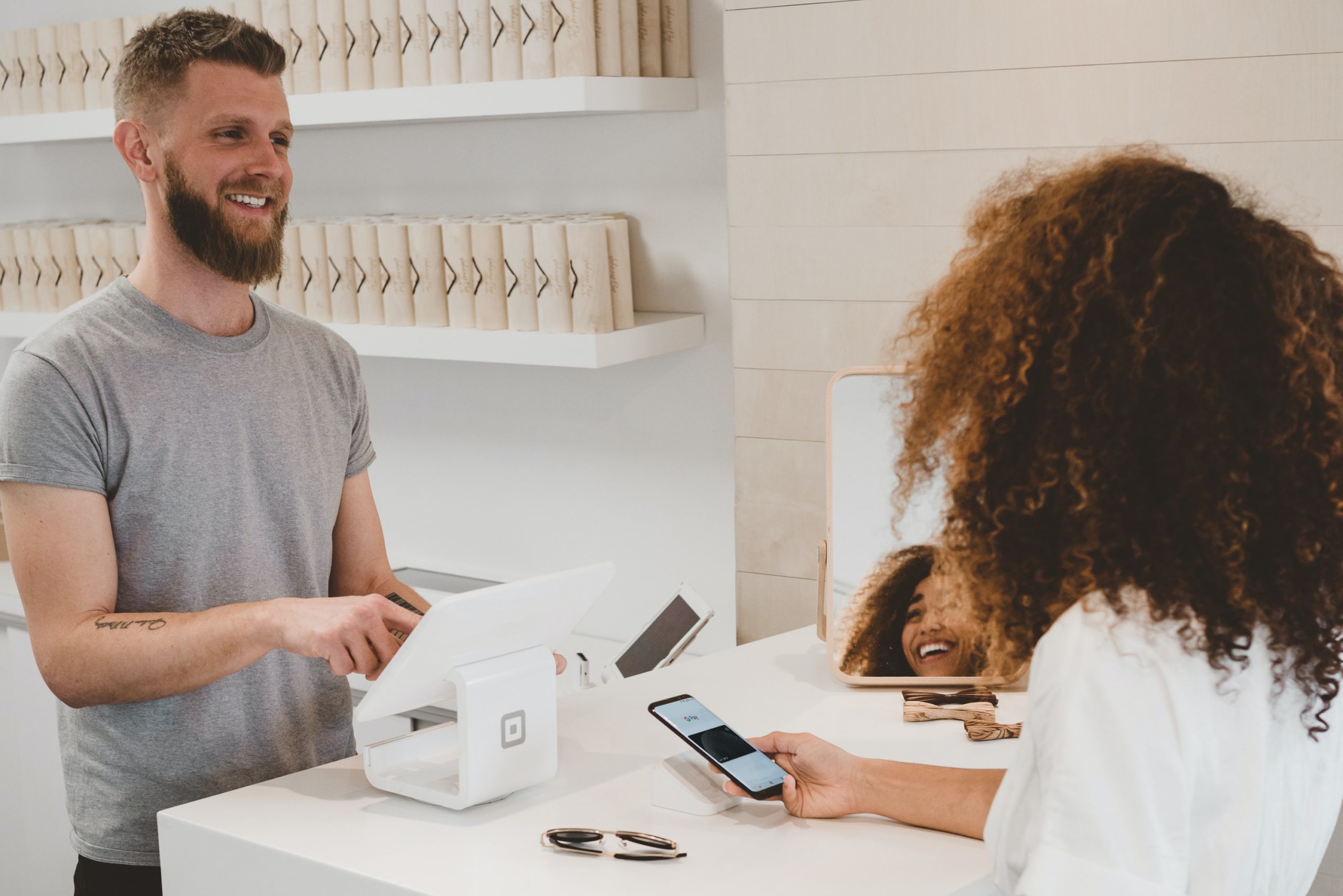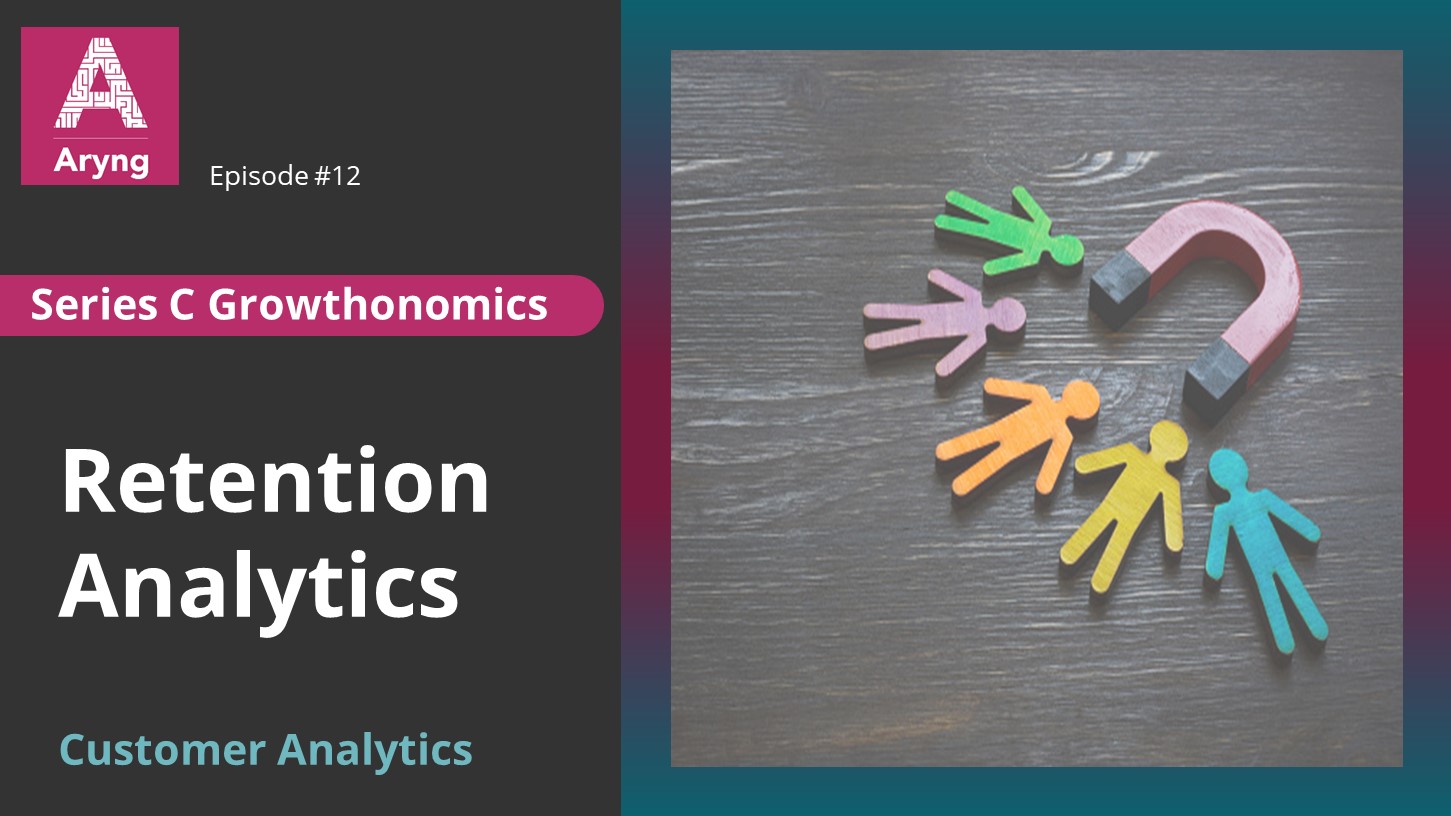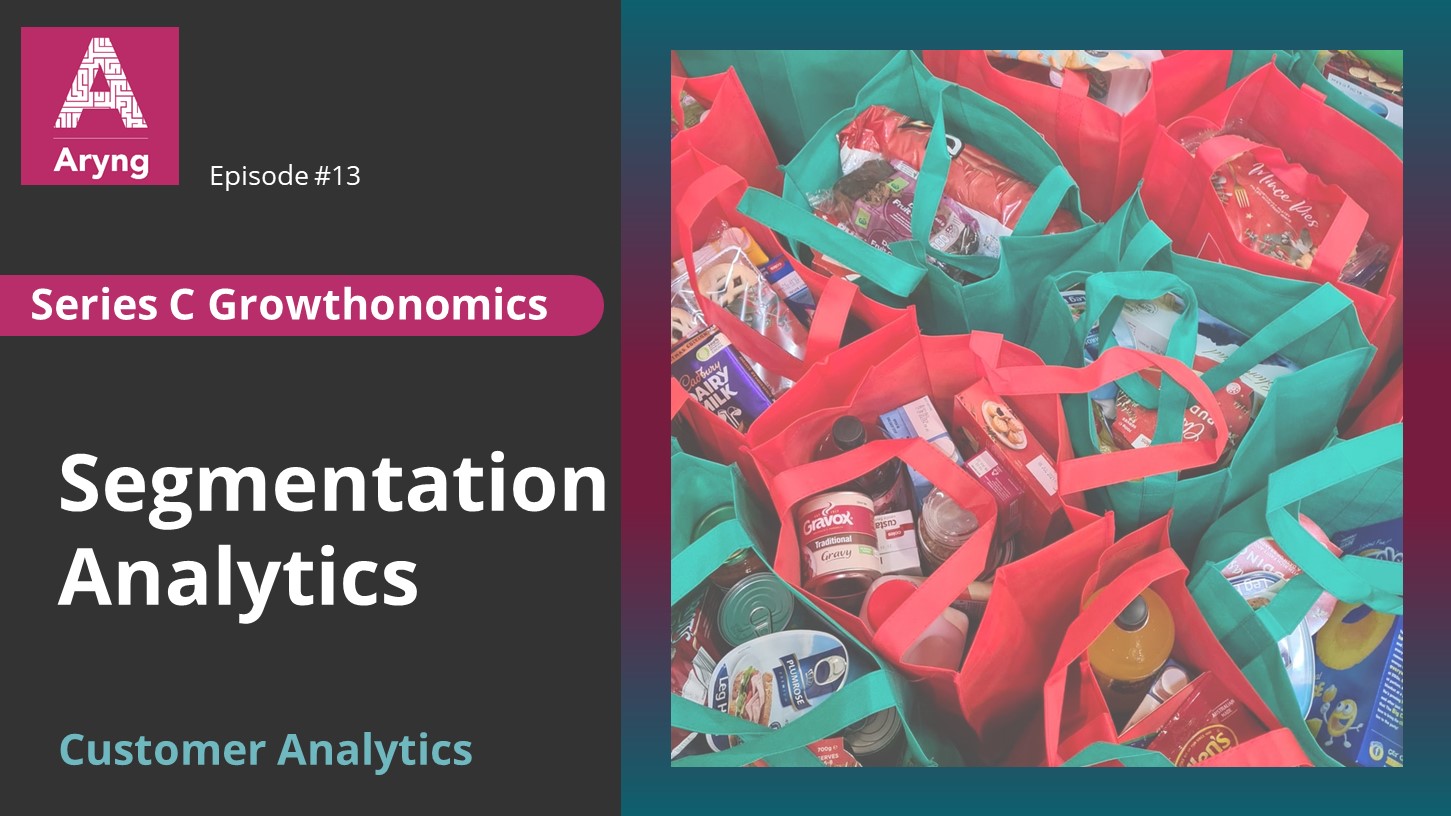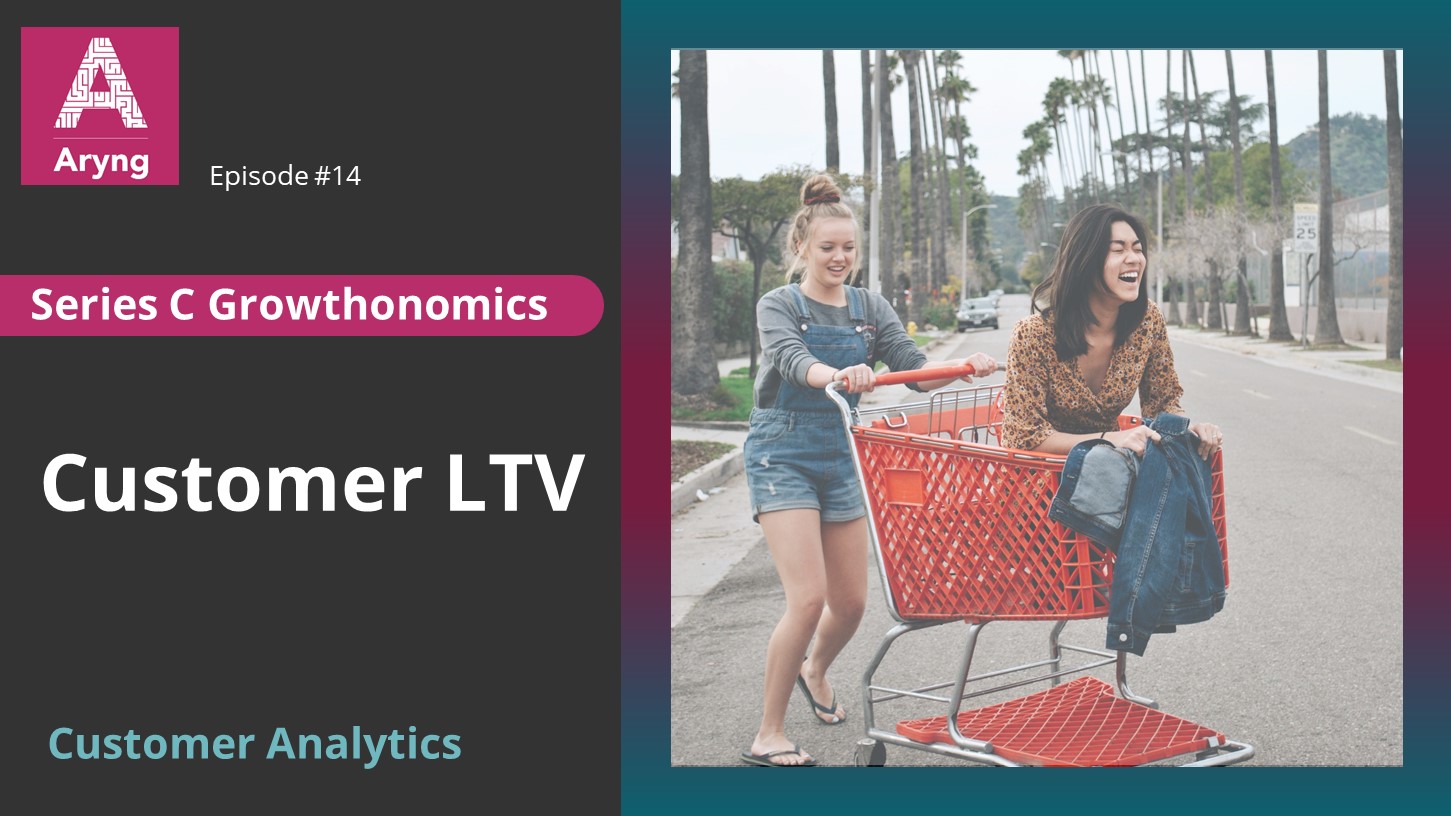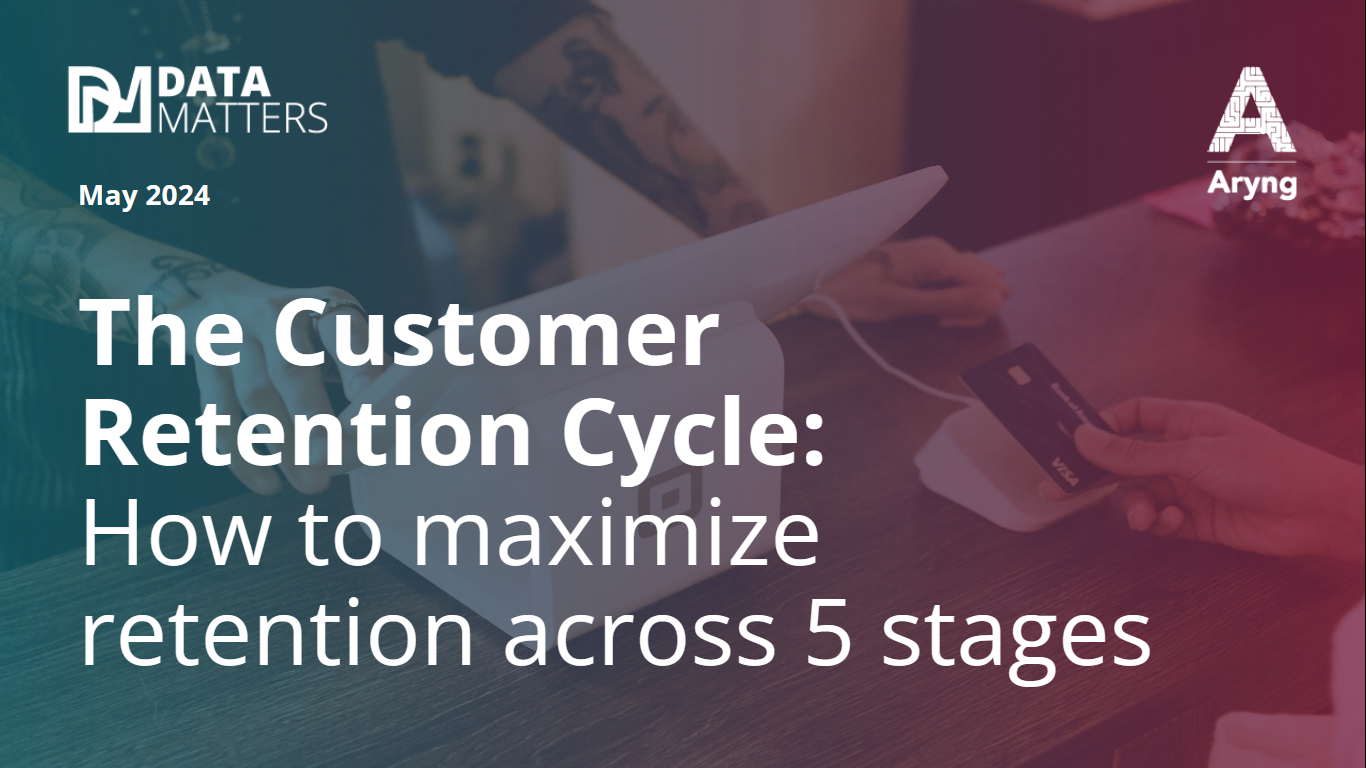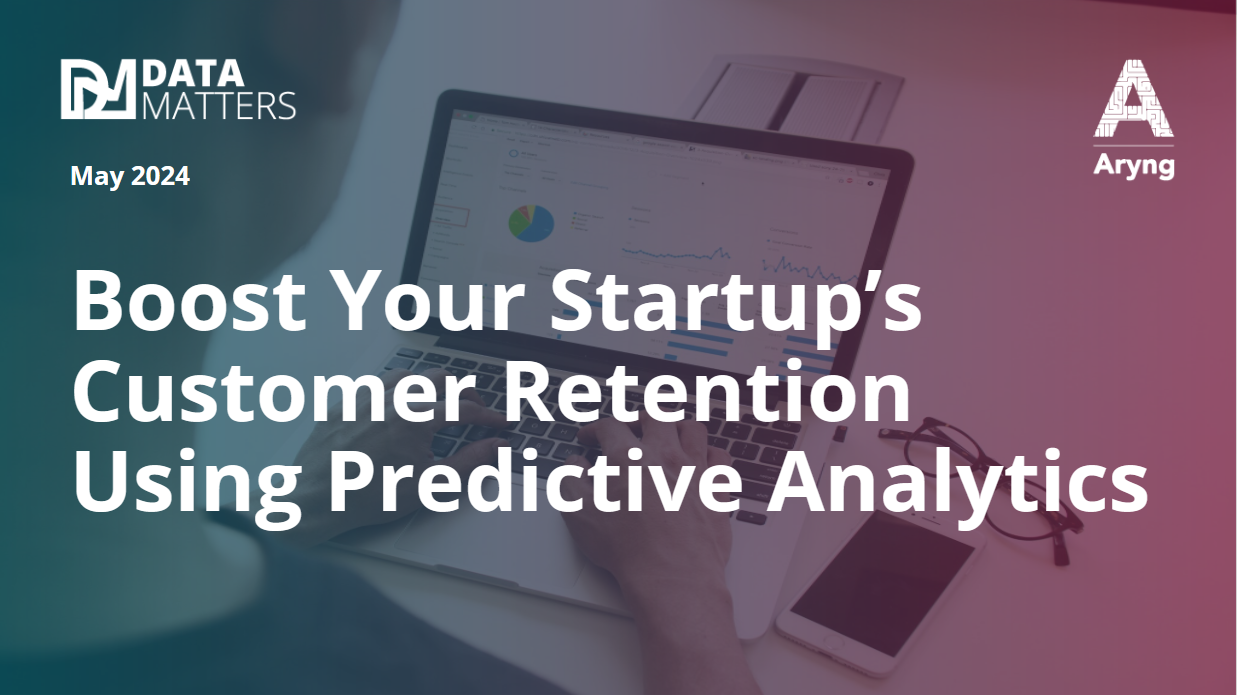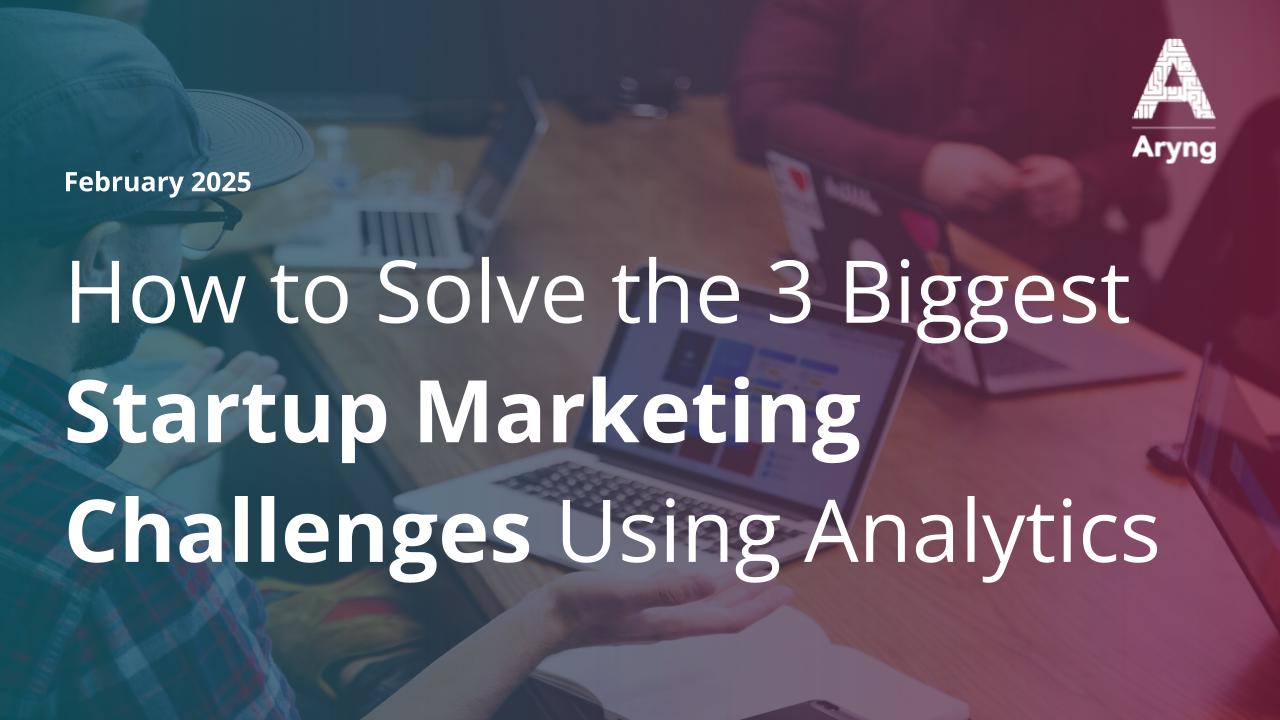
Every customer has his/her own needs and preferences. These needs drive customer buying behaviour. Customer experience is a critical factor that determines the referral and brand advocacy from the customers. Everything falls into place once their experience is satisfying. But how do you know what the customers want? Customer research helps in identifying the customers’ needs and gives you the ability to understand and define them.
Okay, we got the point. What’s the issue now?
Some things are better said than done. The wider your customer base, the more complex it is to understand your customers’ individual needs. For example, it is easy to track the needs of 100 customers. If you have a customer base of 100k people, how do you track their requirements? It would not only be time-consuming but also impossible.
Nevertheless, a failproof analytics methodology helps aggregate customers with similar needs and behaviors into buckets. It is called customer segmentation. It helps in optimizing the marketing efforts based on data-driven insights.
Organizations may consider various factors, including demography, age, frequency of product use, or even other factors such as the book they read or the movies they watch while segmenting the customers.
How does customer segmentation help?
Customer segmentation helps identify potential customers who can be most profitable for the company. It helps discover the best marketing channels and create customized targeting messages across various customer touchpoints. It also helps find new market opportunities based on similar behaviors of the potential customers. Apart from boosting niche marketing capabilities, customer segmentation aids in cost effective acquisition and customer retention.
Let us examine this concept with one of our client cases –
About client –
The client is a high-profile beauty parlor with 3M active subscribers. The client provides a monthly subscription make-up bag based on preferences from a detailed questionnaire filled by its prospects at the time of subscription. The questionnaire included details such as hair color, make-up preference, age, income, etc.
Problem –
Identify similar customer clusters based responses to the questionnaire to build customized experiences and products.
How did Aryng solve the problem?
Aryng employed its proprietary BADIR framework to drive value for the client. Having defined the business problem, Aryng analysts created an analysis plan that involved: data required, goals, hypotheses and methodology that would be employed.
Data: Aryng extracted data of all customer accounts that were created over 1 year. The data included 150+ questionnaire data points along with age and HHI data for over a million customers.
Methodology: Aryng analysts built unsupervised K-means clustering models, finalizing the optimal model based on Dunn Index.
Significant challenges were faced given preference data is not as cluster friendly as age and HHI data. Furthermore, binary and categorical data do not work well with Euclidean distances. Clustering needed to be done on a mix of continuous variables and 150+ categorical variables leading to challenges in unsupervised learning. Aryng, doing what it does best, came up with unique ways to combine some relevant variables, reducing the clustering data to a manageable number of variables, and leveraged Euclidean and Jaccard distances to test cluster sizes of 4-14.
Result: Although the model found skin tone, hair color, and eye color as differentiating factors in the clusters, Aryng suggested the relative differences of clusters in Brand preferences, make-up savviness as actionable insights for wide marketing uses further dictating the next best product to be marketed to users.
There are many great marketers out there. But without customer segmentation, no marketer will know where to begin and whom to offer which of their products.


